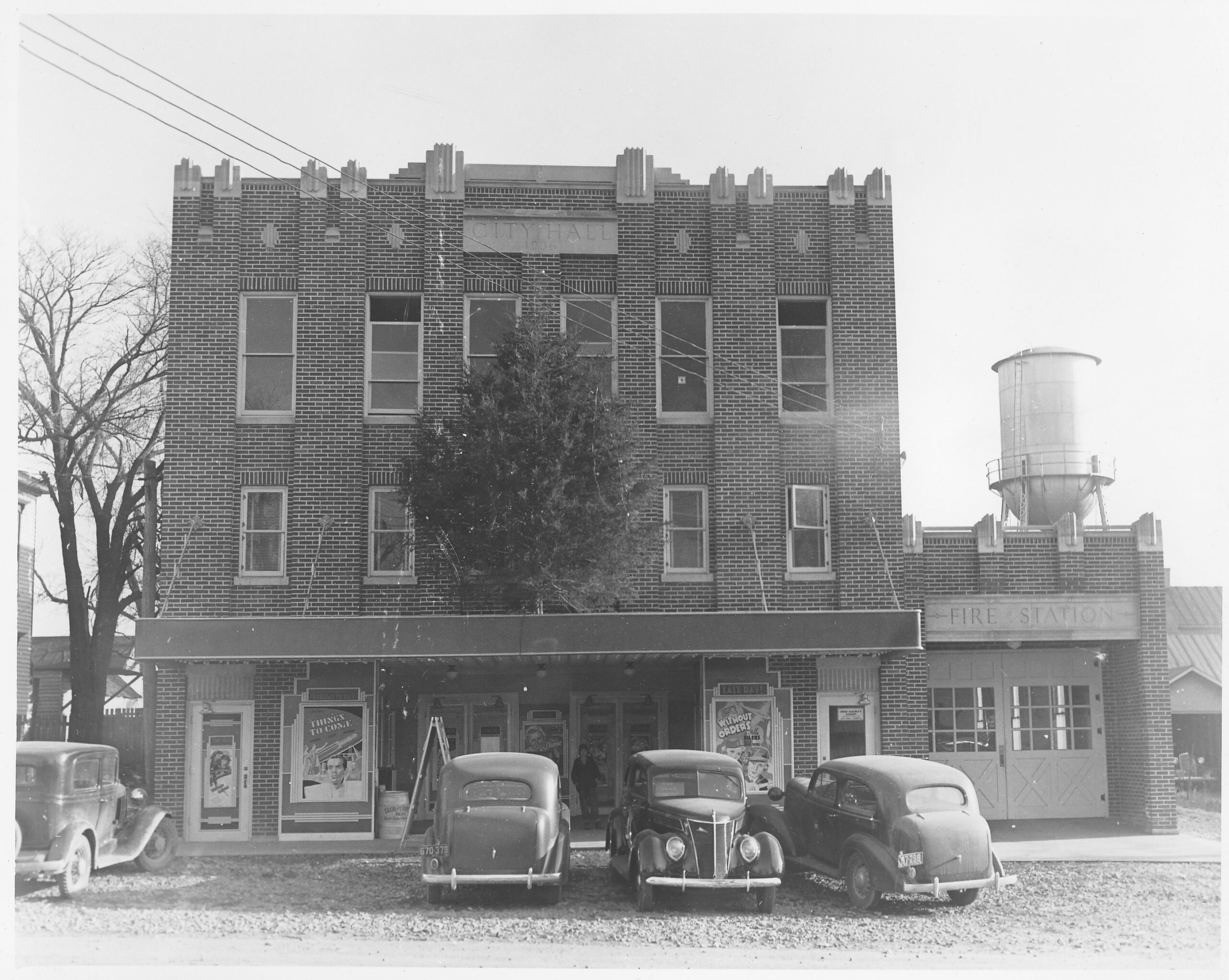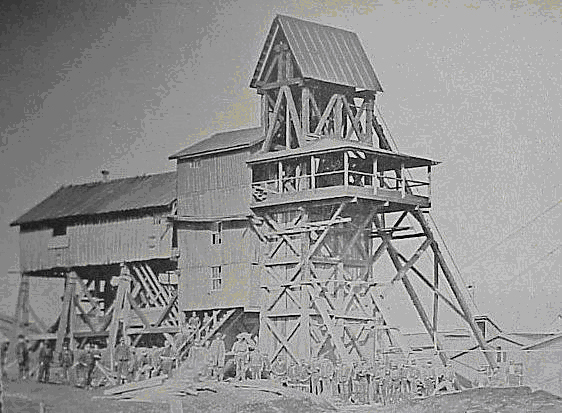Ohio County Wills, Estates, Annual Returns, Inventories
How to Turn Marginal Genealogy into Real Genealogy
Hartford City Hall

Ohio County Kentucky Genealogy Records Available to Members
Images of Wills, Estates, Distributions, Inventories, Appraisements, Guardianships
- Book A, 1800 to 1824
- Book B, 1826 to 1843
- Book C, 1841 to 1862
- Book D, 1862 to 1912
Indexes to Probate Records
- Wills and Estates, 1800 to 1824
- Wills and Estates, 1841 to 1862
Struggles of the Kentucky Pioneers
The life of the Kentucky pioneer and backwoodsman was one of long and bitter struggle. His task was to hunt, clear the forest to plow, and fight local Indian tribes. Small forts or stations were established to help resolve local conflicts with the savages being driven from their hunting grounds. The pioneers were of necessity armed and were their own soldiers. They built forts and fought under commanders which the community had chosen. The mode of warfare somewhat resembled that of the Indian and was quite different than the old European style of both sides queuing up in a field and shooting at one another. The early pioneers fought the enemy from ambush. There was no court system, thus, the backwoodsman was prompt to avenge a wrong. He was a grimly stern backwoodsman who loved his freedom and was easily swayed by stormy passions. The atrocities suffered at the hand of the Indians taught him to retaliate in kind, thus, in this way, he was cruel and relentless towards his enemy. After hostilities with the Indians came to a close, the development of towns in the mountains was slow and the woods remained isolated and cut off. Not until the railroads spread their iron network through the mountains, tapping almost inexhaustible coal veins and mineral deposits, did the frontiersmen emerge into the business of coal mining.
Hartford City Hall
